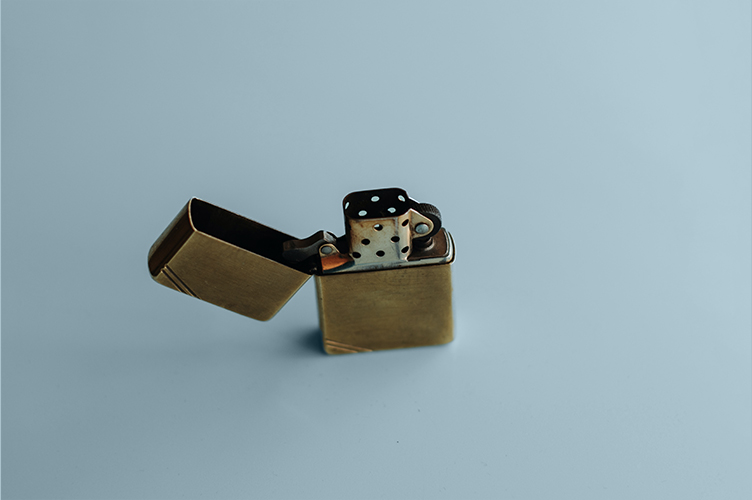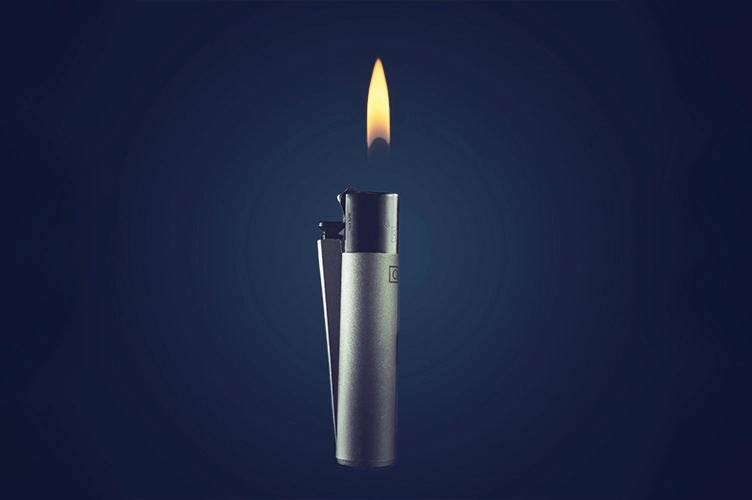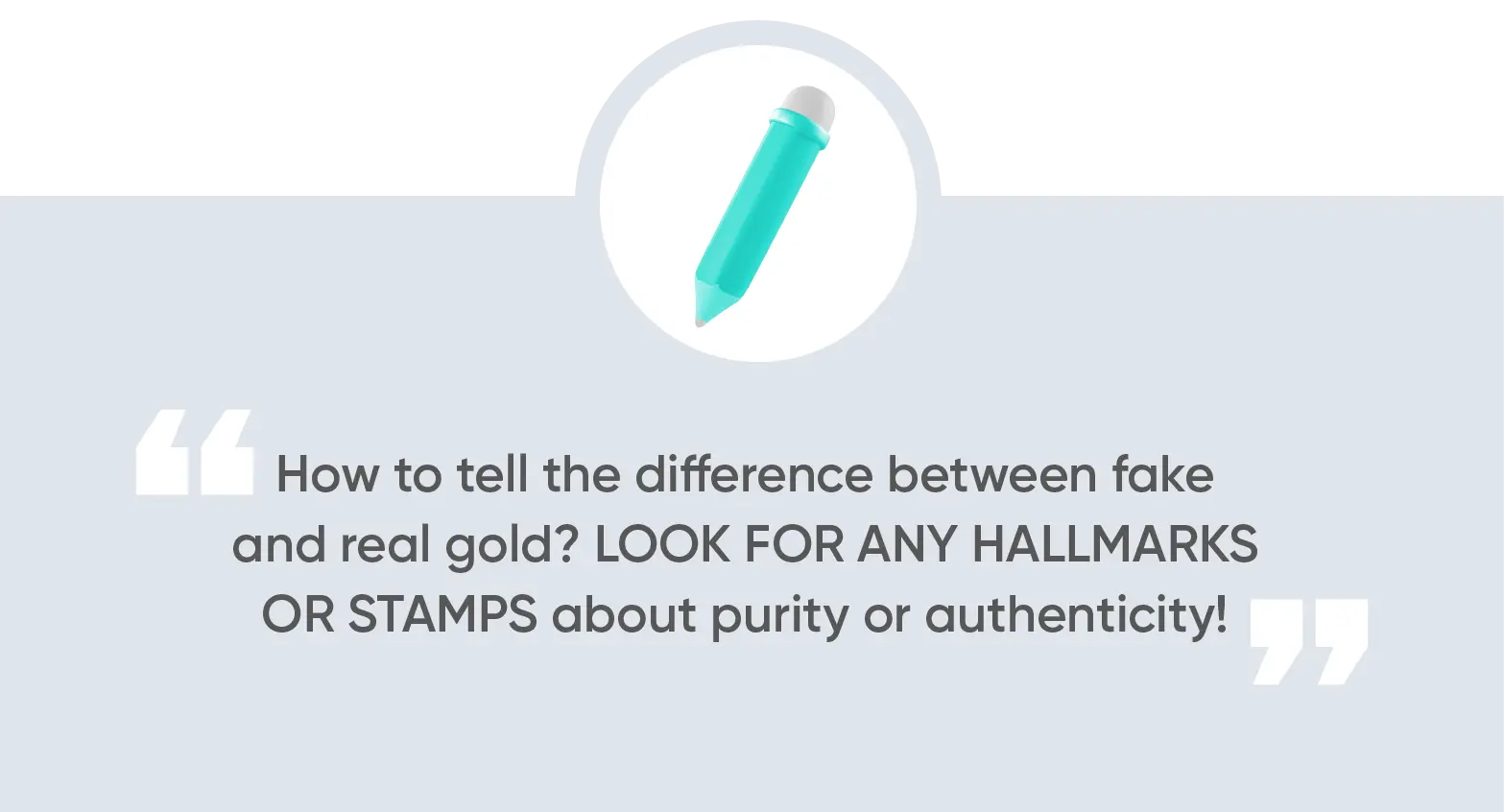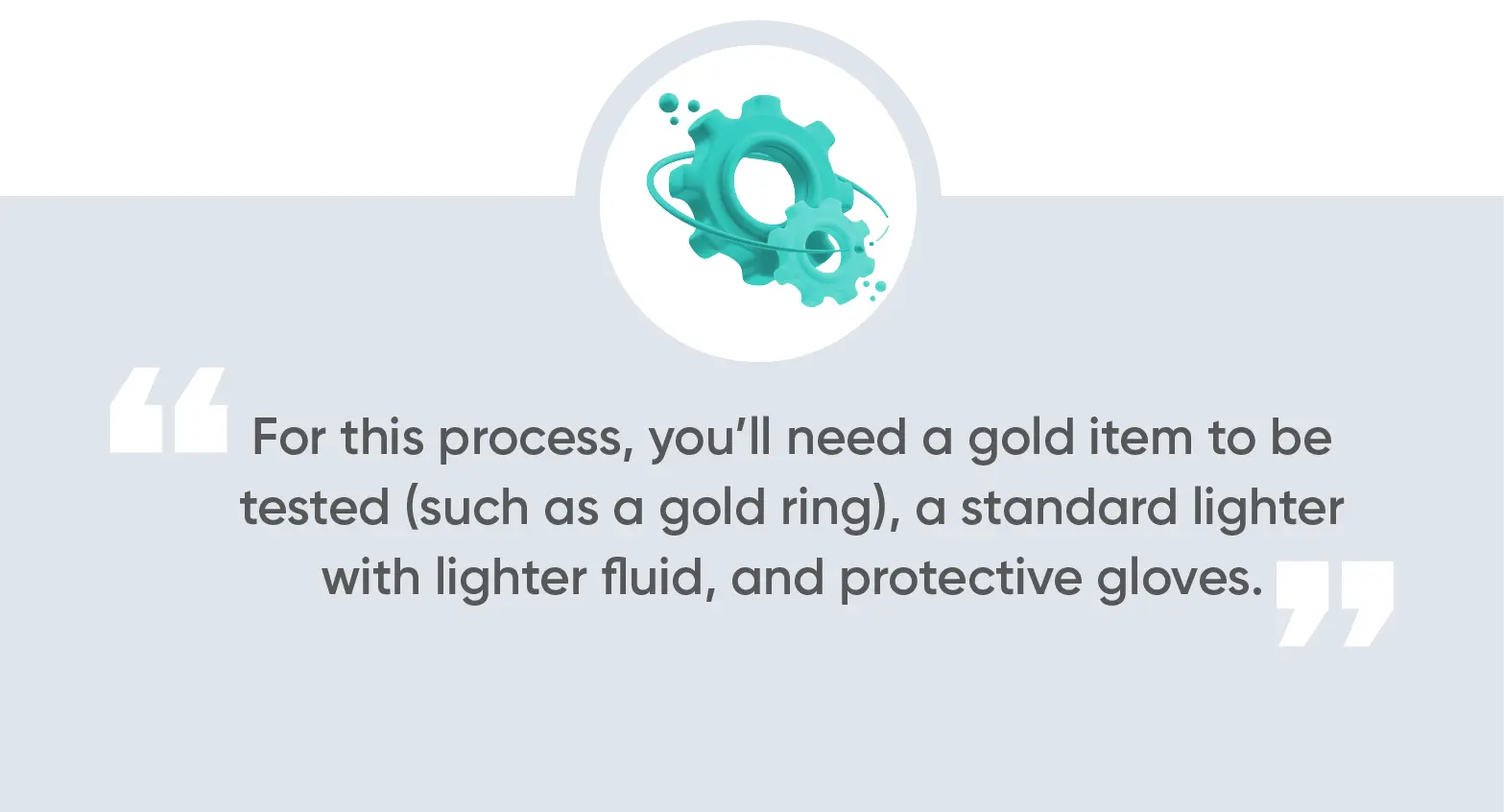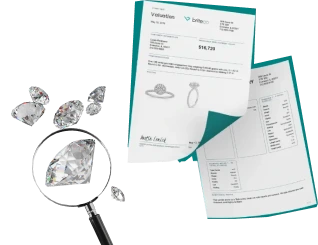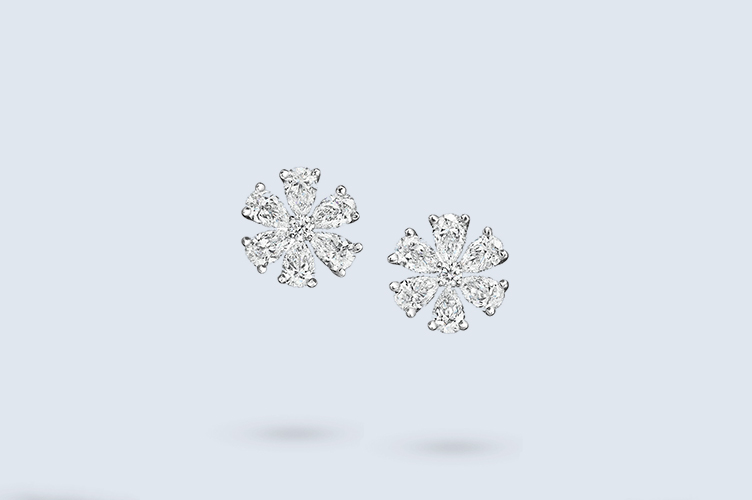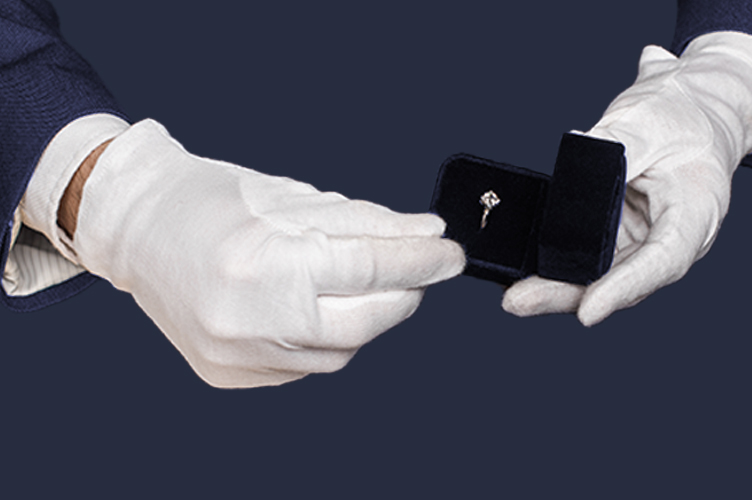We value gold for its beauty, durability, and status as a precious metal. However, the market is overflowing with counterfeit gold items that can be difficult to distinguish from the real thing. Being able to identify genuine gold is a valuable skill, whether you’re purchasing jewelry, coins, or gold bars, or if you want to verify the authenticity of the gold pieces you already own.
One method that has gained popularity for testing the authenticity of gold? Using a lighter. This simple and accessible technique involves subjecting the gold item to heat from a lighter flame to observe its reaction.
By familiarizing yourself with the process of using a lighter to test gold, you can equip yourself with a practical and accessible method of identifying authentic gold items.
What You Will Learn
*We are jewelry experts and enthusiasts that love to share our favorite brands, tips, and tricks with you. If you choose to make a purchase through one of the links, we may earn a commission at no additional cost to you.
How to Tell if Gold is Real: Genuine Gold vs. Fake Gold
Real gold possesses certain distinct characteristics that set it apart from fake gold and other metals. Understanding these features can help you identify genuine gold with confidence.
Here are some of the key characteristics you may observe in real gold:
- Color
Pure gold boasts a rich, vibrant yellow color. It doesn’t tarnish or lose its luster over time. (However, it’s essential to note gold may be alloyed with other precious metals to create different shades and colors, such as white gold or rose gold.)
- Density and Weight
Gold is a dense metal, with a substantial weight compared to other materials of similar size. Gold’s density makes it sink in water, so if a supposed gold item floats, it’s likely not made of genuine gold.
- Purity
We measure gold in karats. Pure gold will be marked as “24K,” meaning 99.9% gold. However, gold jewelry is often alloyed with other metals to enhance its strength and durability. As such, common alloys feature marks including 18K (75% gold), 14K (58.3% gold), or 10K (41.7% gold).
- Softness and Malleability
Gold is a relatively soft metal. It’s highly malleable and can be easily shaped or bent. This characteristic allows jewelers to craft intricate designs and details into gold jewelry. However, it also means that pure gold is more prone to scratches and dents than other metals.
Detecting fake or counterfeit gold can be challenging, as imitation gold can closely resemble the appearance of real gold. To differentiate between genuine gold and fake gold pieces, check for hallmarks or stamps that indicate the piece’s purity and authenticity.
Want to add some gold to your jewelry collection? Here are our top picks:

A round rose gold pendant that’ll go with everything

The perfect bezel bracelet for any outfit

A teardrop ring is an excellent addition to any jewelry collection
What is The Gold Lighter Test? Step-by-Step Guide
The gold lighter test is a simple and popular method used to determine the authenticity of gold. It takes advantage of gold’s unique properties, such as its high melting point and thermal conductivity, and involves subjecting the gold item to the heat of a flame produced by an ordinary disposable lighter and observing its behavior.
For this process, you’ll need a gold item to be tested (such as a gold ring), a standard lighter with lighter fluid, and protective gloves.
How to check if gold is real with a lighter:
- Put on protective gloves before handling the gold item.
- Hold the gold item firmly with the tips of the gloves, ensuring a secure grip.
- Position the lighter’s flame on the area of the gold item that is least visible or inconspicuous (like the back or an edge).
- Gently apply the flame to the gold item, keeping the metal in the flame for a few seconds.
- Observe how the gold jewelry reacts to the heat and make a note of any changes.
Gold Lighter Test Observations
During the lighter test, several observations will help determine the authenticity of the gold item:
- Reaction to Heat: Genuine gold will not deform or change shape under the flame’s heat. Fake gold or gold plated jewelry items may show signs of discoloration, chipping, or gold melting, due to lower melting points of base metals or non-gold components, such as gold plated brass.
- Odor: Real gold does not produce a distinct odor when exposed to heat, whereas fake gold pieces or gold plated items may emit a metallic or chemical aroma.
- Discoloration: Genuine gold will not change color or show signs of fading or tarnishing. Counterfeit gold may, however, exhibit discoloration, turning green or black due to a chemical reaction with the lighter flame.
- Residue: Real gold won’t leave any residue behind after the lighter test. However, fake gold jewelry or gold filled items may leave behind a black or dark residue
Gold Lighter Test Limitations and Alternative Options
While the gold lighter test can provide initial insights into the authenticity of gold, it’s essential that you’re aware of the test’s limitations:
- Inconclusive Results: The lighter test isn’t a definitive method for determining whether or not a piece is authentic gold. It can only offer preliminary indications based on visual observations and physical changes.
- Limited to Solid Gold Items: The lighter test is most effective when testing solid gold items. If the item is gold electroplated or contains other metals such as sterling silver, results may be less reliable. Plated items can likewise give a false impression of authenticity, since the gold plating can prevent immediate changes in appearance.
- Potential Damage to Valuable Items: Applying heat to delicate or valuable gold items, such as antique jewelry or collectibles, may cause irreversible damage. Approach the lighter test with caution and avoid it for testing valuables or any sentimental gold piece.
Other Reliable Methods for Testing Gold Authenticity
- The Nitric Acid Test: This acid test is a widely used method to determine gold authenticity. It involves applying a few drops of nitric acid to a small scratch or mark on the gold item. The acid and metal reaction provides valuable information about the gold content. However, this test requires caution as it involves working with corrosive acids. Ask a trained professional jeweler for help with this test.
- Magnet Test: The magnet test is a quick and straightforward way to identify non-gold or low-quality gold items. Since gold isn’t magnetic, a magnet will not attract genuine gold. If the magnet attracts the gold item, the presence of other metals or alloys is likely.Suggested Read: What is Magnetic Jewelry? | BriteCo Jewelry Insurance
- Jewelry Appraisal: Seeking the expertise of a professional jeweler or appraiser is the most reliable method of testing gold authenticity.
Protect Your Investment
While the gold lighter test offers a quick and accessible initial assessment, regard it as a preliminary step rather than a definitive method of jewelry assessing. Understanding the limitations and exploring alternative options, such as the nitric acid test, or a professional jewelry appraisal, can provide more reliable and accurate results.
Once you’ve determined your jewelry is the real deal, protect it. At BriteCo, we offer comprehensive and cost-effective jewelry insurance coverage. Our policies protect against loss, theft, and damage worldwide, ensuring your gold’s safety with confidence. To learn more, contact us directly or use our convenient online tool to obtain a personalized insurance quote.
FAQs
Does a streak on gold indicate that it’s fake?
Not necessarily. A gold streak alone does not determine whether the gold is real or fake. The streak’s color can vary depending on impurities in the gold or the surface against which you rubbed the gold.
Can melting gold confirm its authenticity?
No, melting gold cannot conclusively confirm its authenticity. It’s just one of several tests employed in the authentication process. Other tests, such as acid testing, magnet testing, or a professional appraisal, should also be conducted to ensure accurate and reliable results.
Also Check:
What Do the Diamond Symbols Stamped on Jewelry Mean?
Jewelry Stamps and What They Mean | BriteCo Jewelry Insurance
What is the Largest Gold Nugget Ever Found?

